Capture the Moment!
Since 2013, I’ve published hundreds of blog posts on all aspects of photography. Some are aimed at helping photographers with their technique, settings, and equipment, but others describe my exhibitions, workshops, and adventures in Africa, Antarctica, and beyond.
Feel free to browse chronologically or click on the category heading above any post for specific content, such as Equipment, Trips or Hints and Tips.
If you’d like to write a guest post, please drop me a line at nick@nickdalephotography.com or on +44 7942 800921.
(Please note that some posts may contain affiliate links from which I can earn a small commission.)
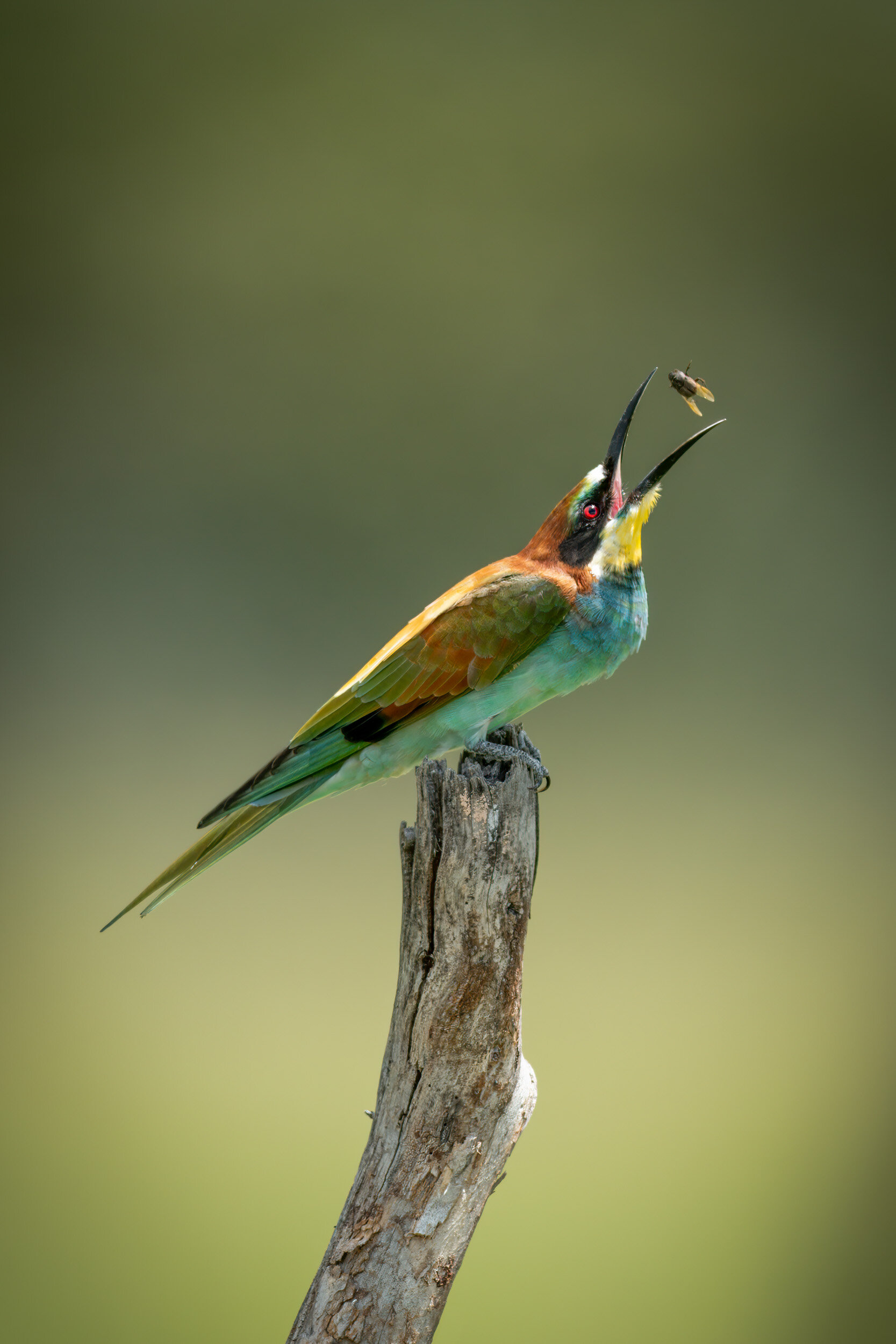
Aperture settings for wildlife photography
The aperture is simply the size of the hole in the lens through which light passes on its way to the sensor, and the principle is similar to that of the shutter speed.
The bigger the aperture, the more light reaches the sensor and therefore the brighter the image (all other things being equal). The smaller the aperture, the less light reaches the sensor and therefore the darker the image.
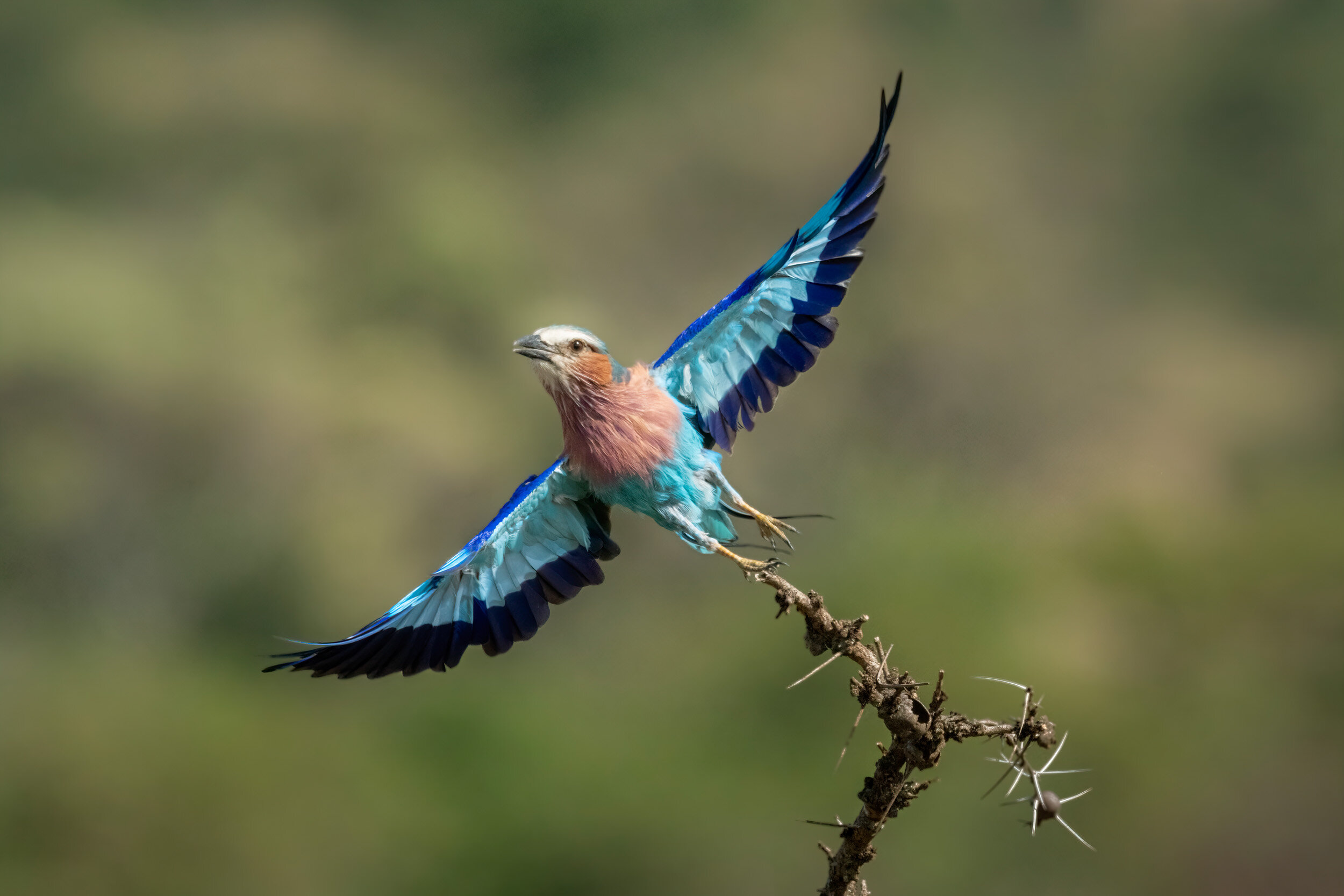
Shutter Speeds for Action Shots
Choosing the right shutter speed for action shots is very important: too fast, and the animal will appear frozen; too slow, and you’ll end up with a blurry mess!
Here’s a quick guide to recommended shutter speed settings for different subjects and types of shot together with a few illustrative examples.
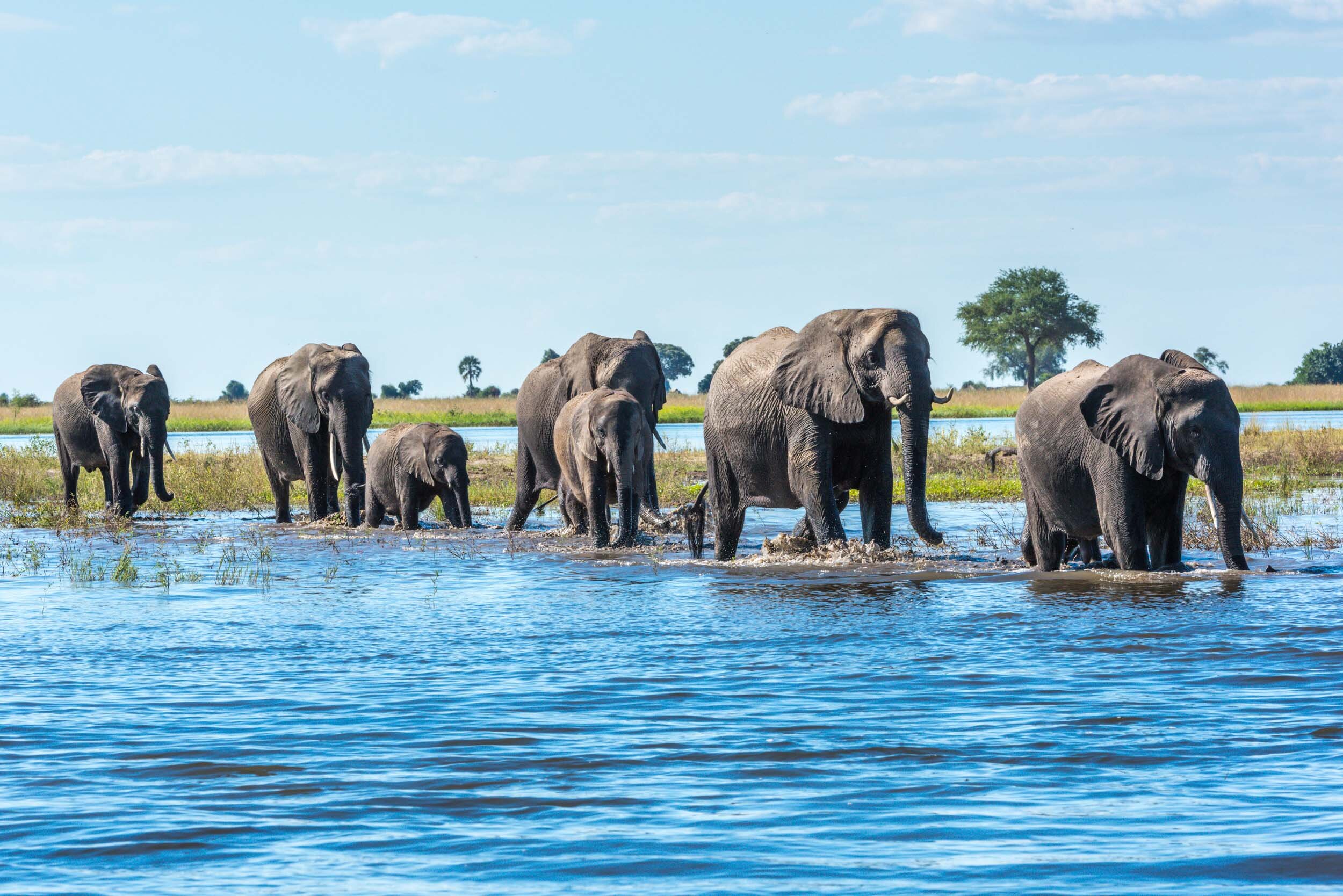
Collective nouns quiz
I know this doesn’t have much to do with photography, but I thought I’d do a quiz on collective nouns for the animals I’ve seen around the world.
It’s fun to find out the proper names (particularly for safari animals), and it can be a good way of passing the time on a game drive while you’re waiting for a couple of lions to wake up…!
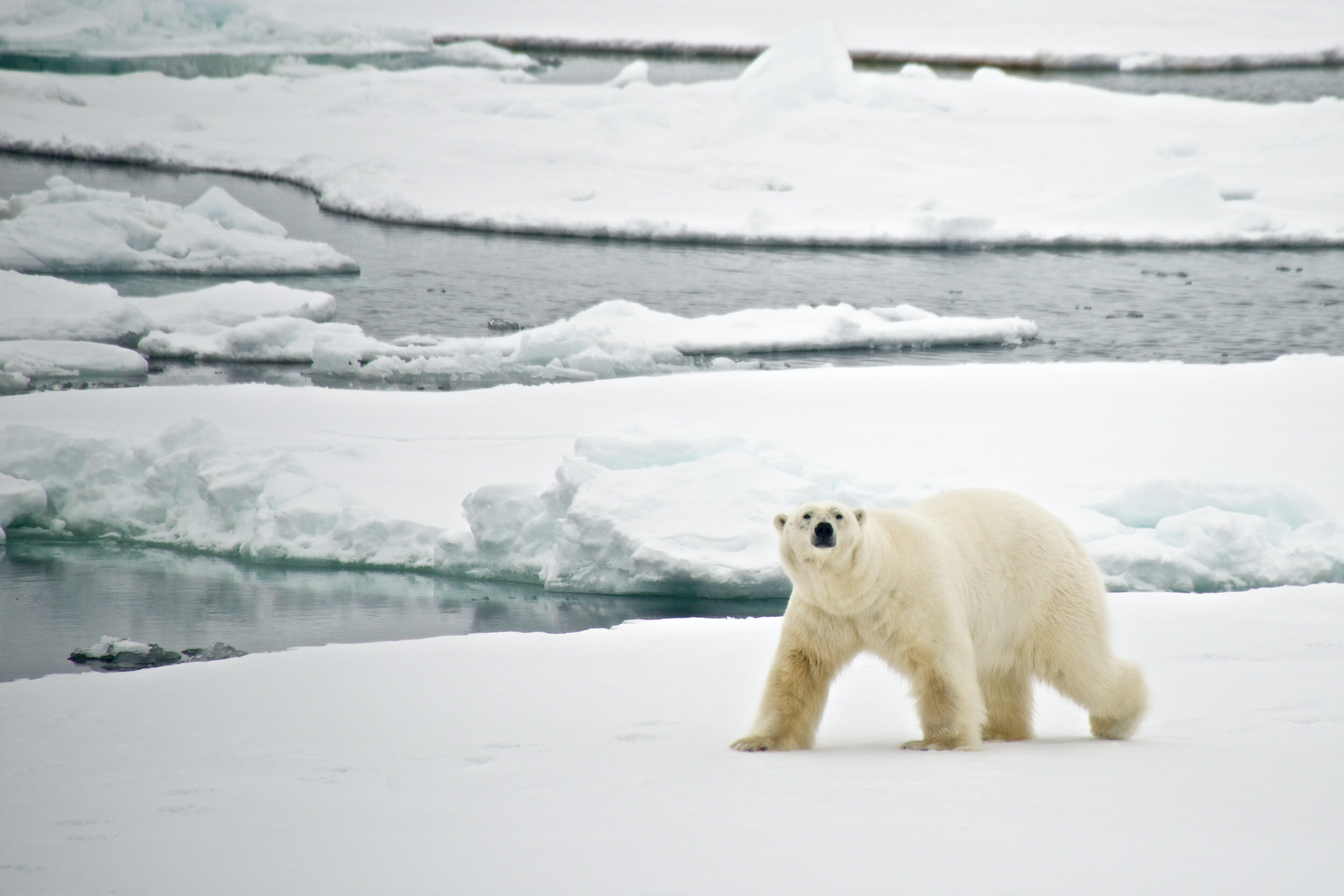
Polar bear facts
The first polar bear I ever saw had a large number 59 painted on its rump - and that was in Spitsbergen…!

Wildlife Photographers
Just a quick post today listing some of the best wildlife photographers out there. Check out their websites or follow them on social media. I’m sure they’d appreciate the support…
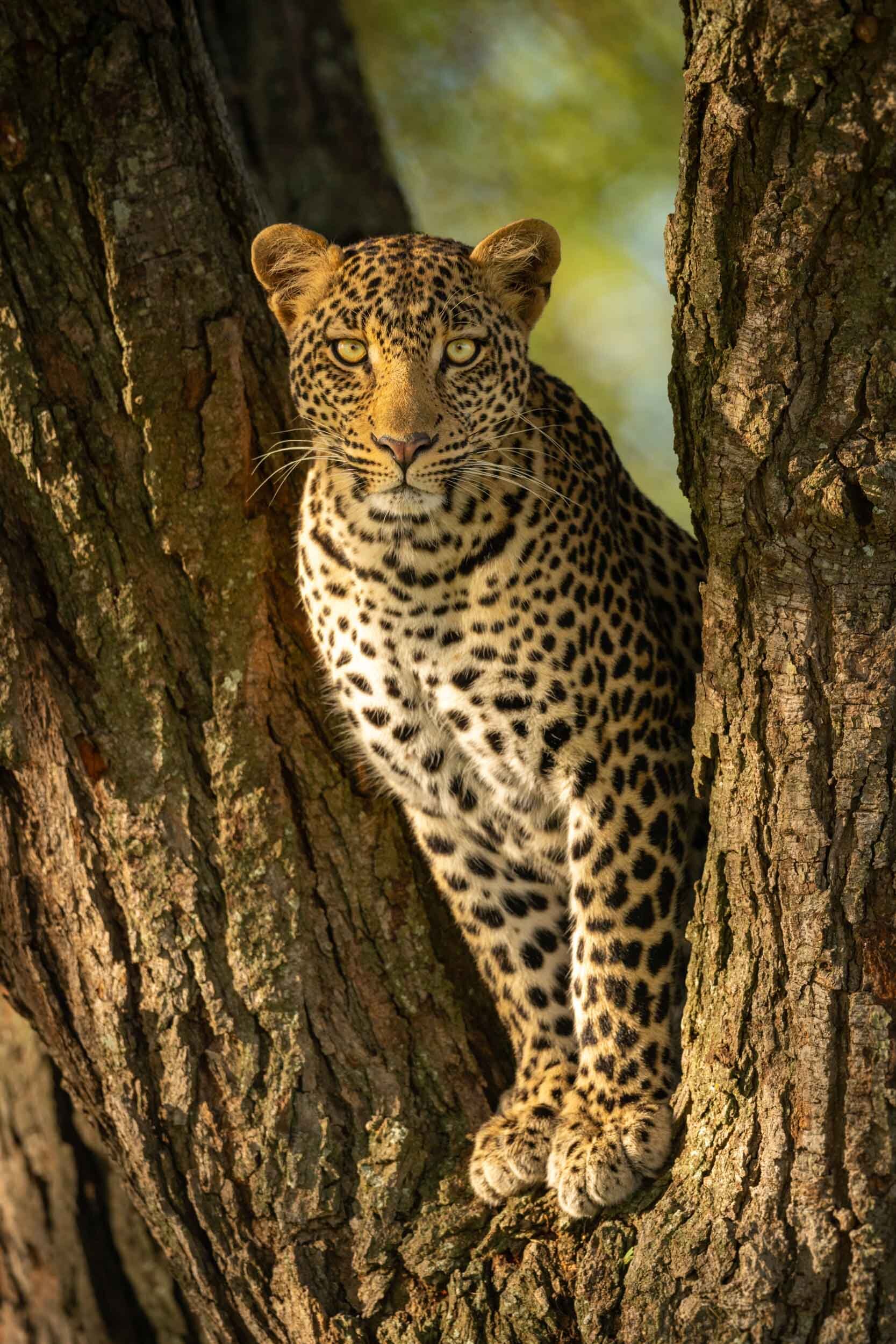
How to shoot a leopard
Leopard sightings are pretty rare, but I went on an Exodus photographic trip to Kicheche Bush Camp in summer 2018 with Paul Goldstein, and that was when I had virtually all my best sightings of leopards.
Here are a few of the lessons I learned from that experience.
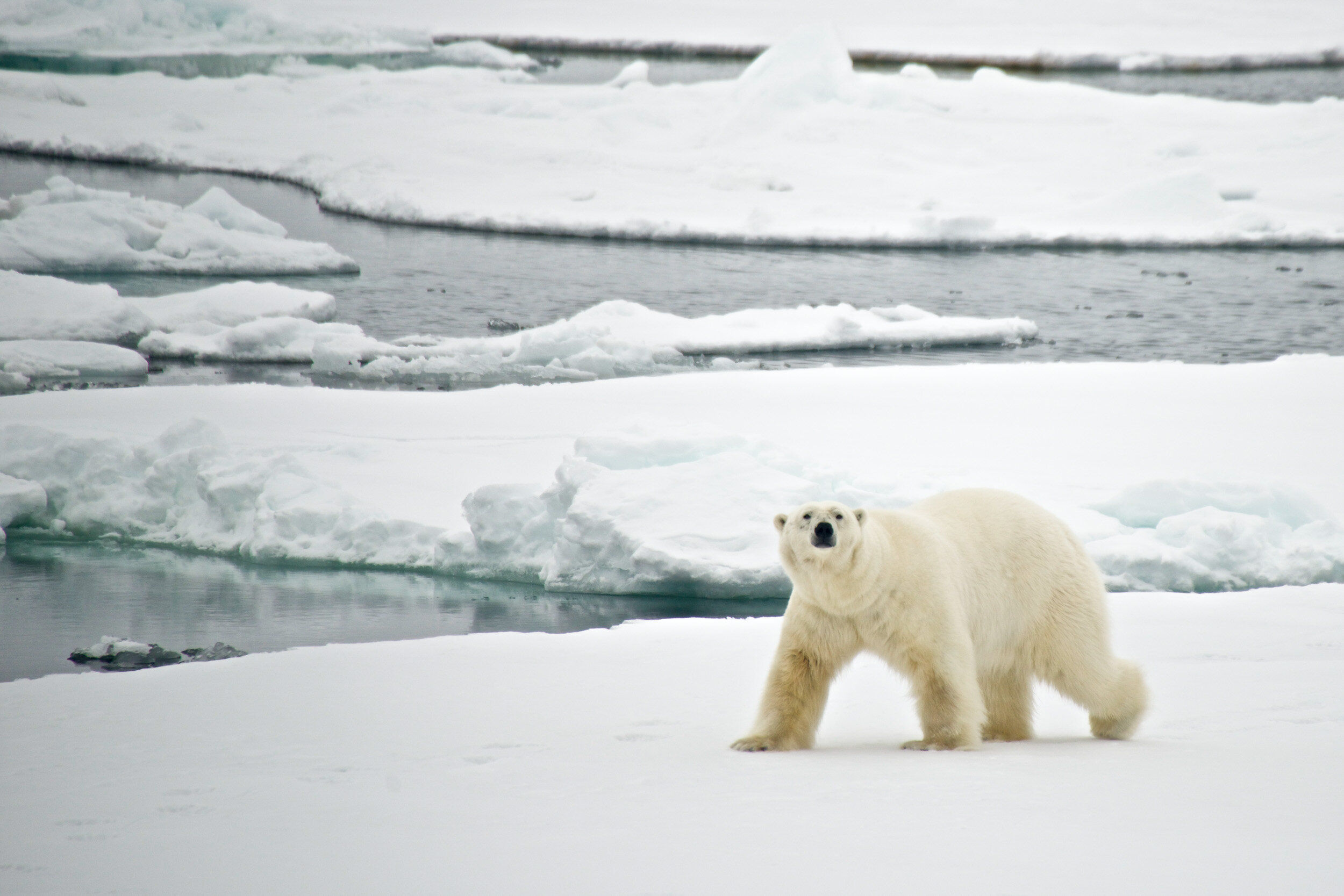
How to Shoot a Polar Bear
I went on an Exodus photographic trip to Spitsbergen in summer 2014 with Paul Goldstein, and I saw around a dozen polar bears.
Here are a few of the lessons I learned from that experience.
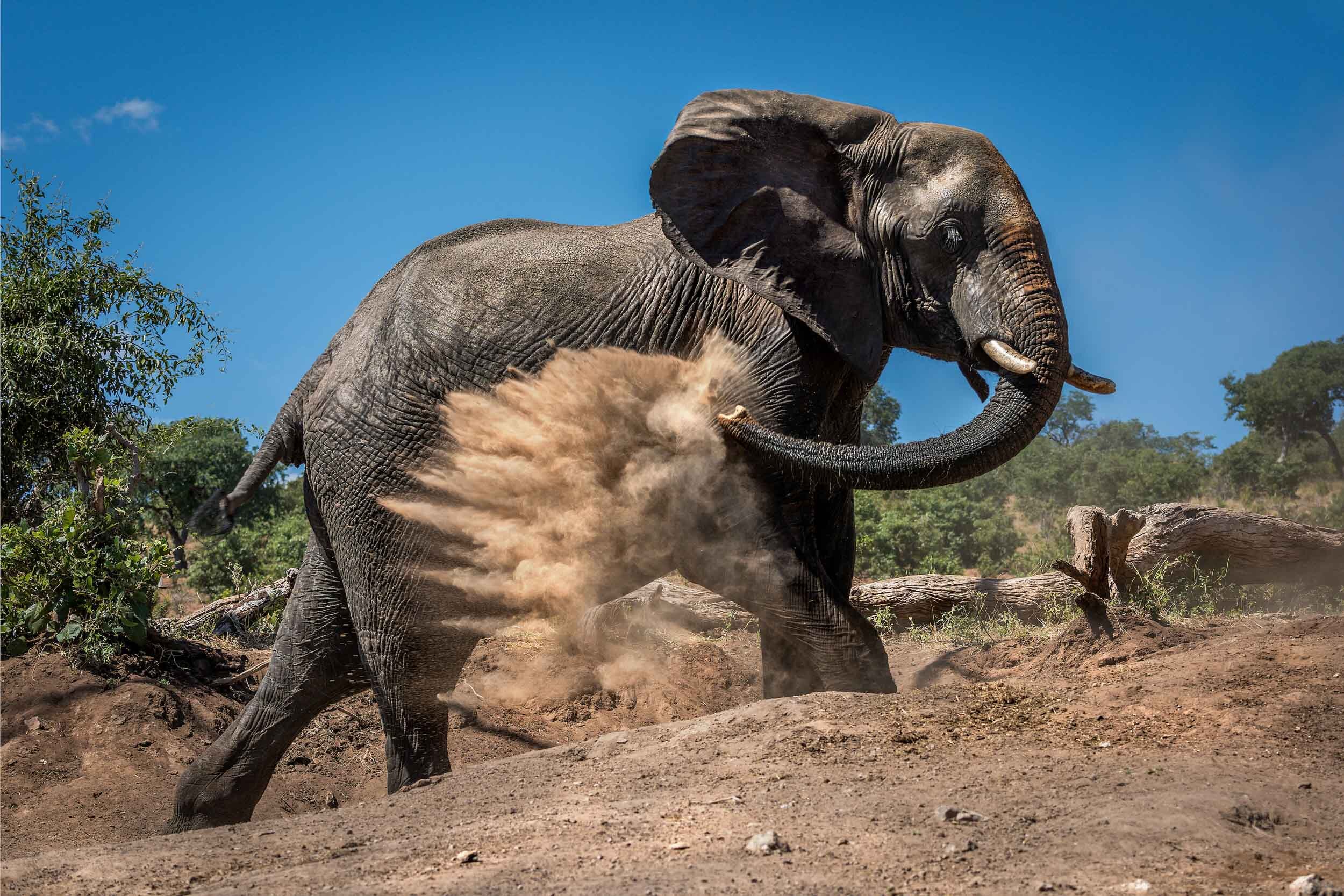
Elephant facts
In 2019, I was on a game drive in Tanzania when my driver saw an elephant tusk by the side of the road. He stopped the vehicle, picked it up and put it on the back seat so that he could hand it in to the authorities.
Out of curiosity, I looked up how much that 17 kg tusk would’ve been worth on the black market: at $1,800 a kilo, it would’ve cost $30,000!
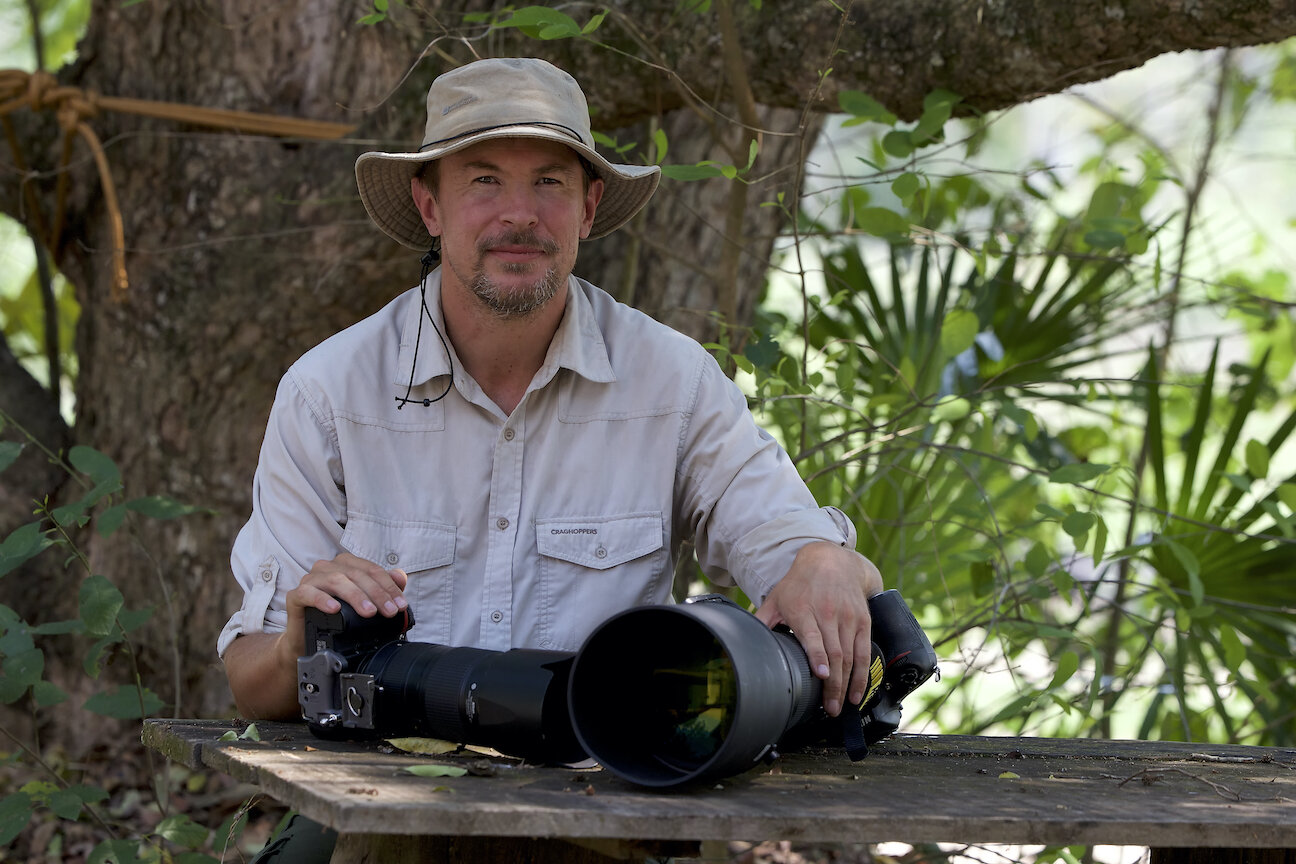
Wildlife cameras and lenses
When I bought my first DSLR camera and lenses, I asked a friend of mine which brand to get. He just said, “Canon or Nikon.”
As I didn’t want to buy my camera from a manufacturer of photocopiers, I ended up with Nikon…!
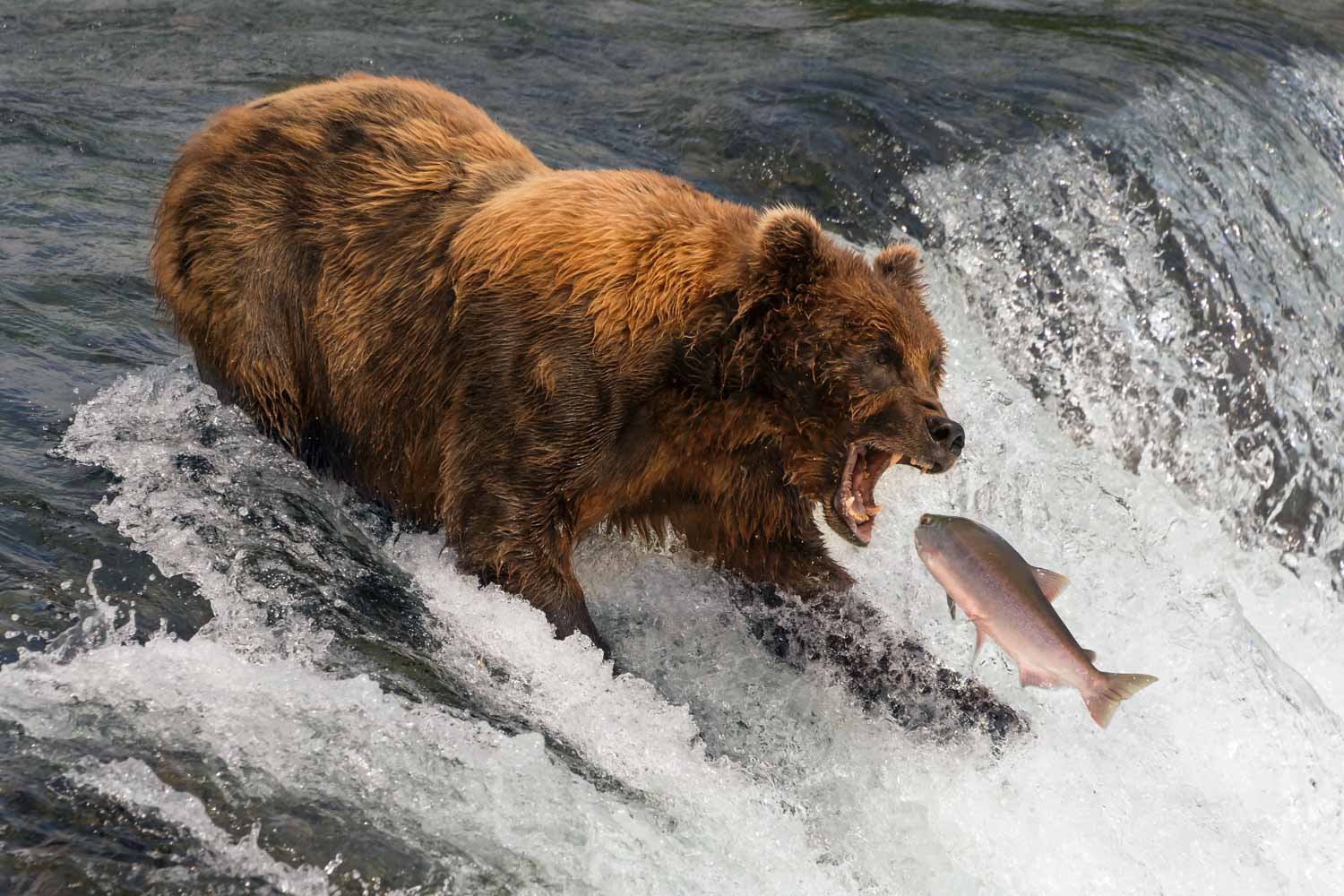
Anthony Morganti photo critique
Just a quick post today. Anthony Morganti has very kindly done a critique of my top 10 photos on YouTube if you’d like to take a look…
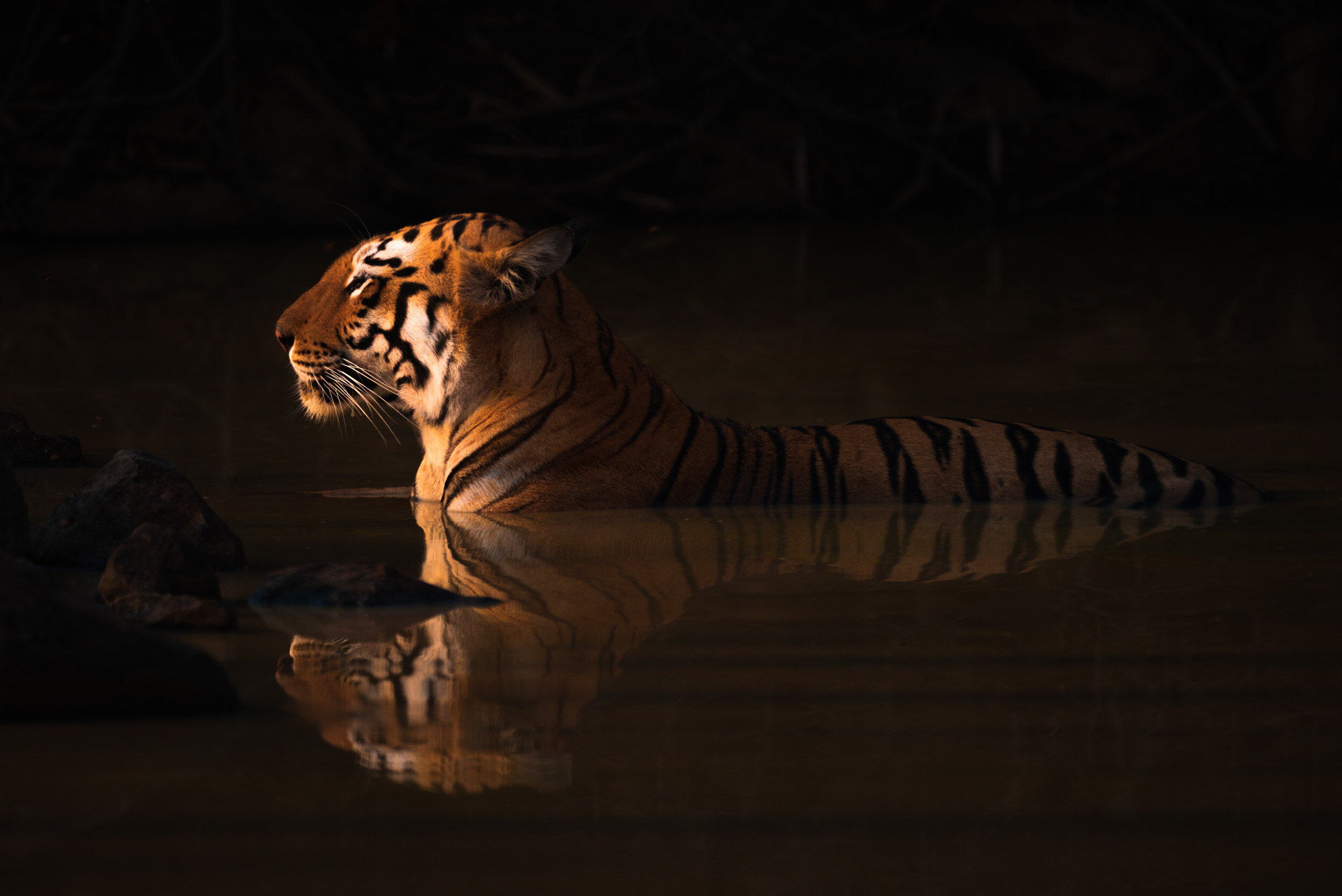
Tiger facts
Tigers are the biggest cats in the world, and they kill more people globally than any other mammal. The Champawat Tiger, a tigress found in Nepal and then India, was responsible for an estimated 430 human deaths, the highest ever total for a single animal!

Lightroom presets
Everybody seems to be selling Lightroom presets these days, but I hardly use them.
The problem with ‘adopting’ someone else’s presets is that they probably won’t do what you want them to do. Yes, they could probably make a dramatic difference to some photos, but you lose control because they are almost always bundles of adjustments, not all of which are necessary.
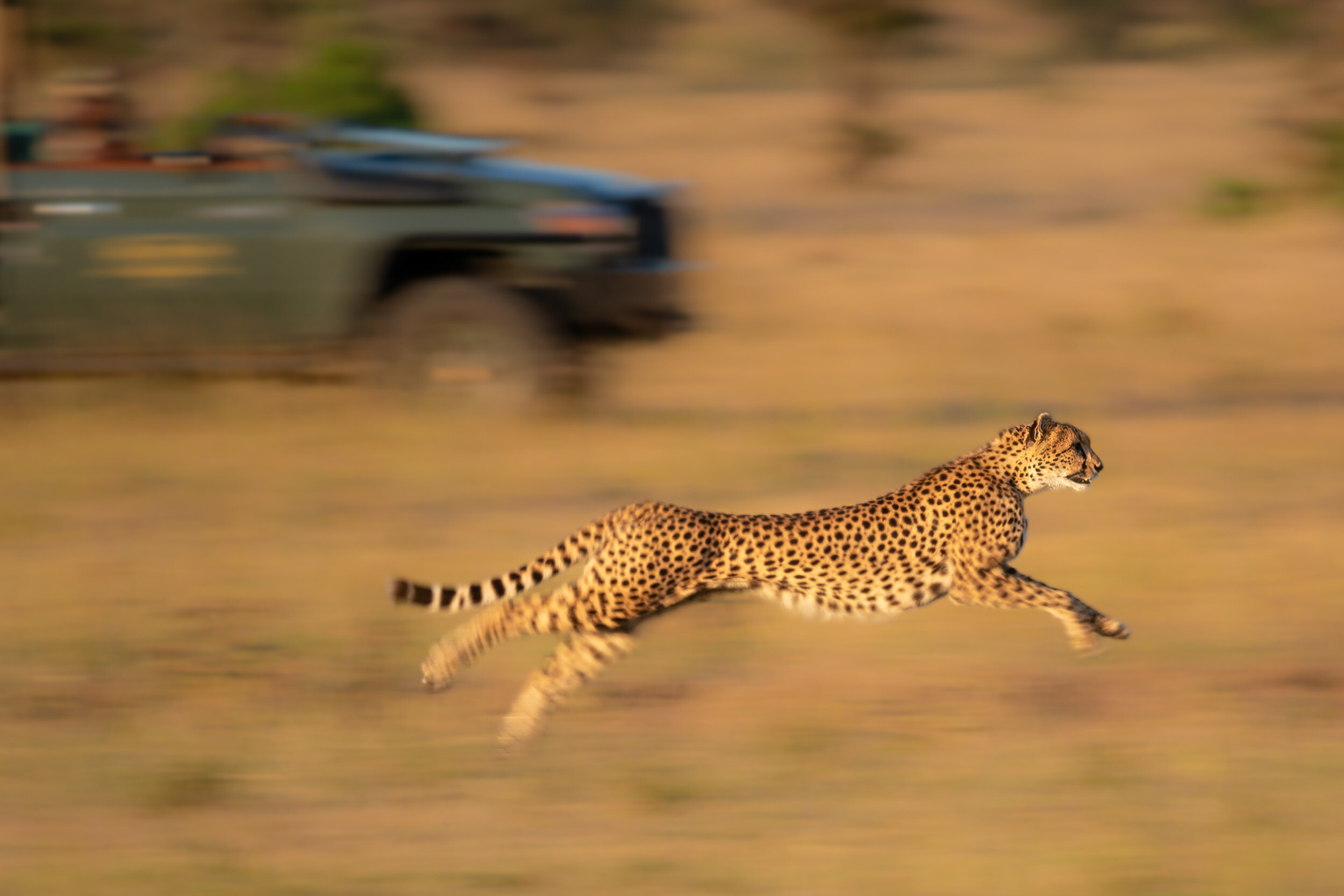
The Slow Pan
I took this shot on an Exodus trip to Kicheche Bush Camp in 2018 with Paul Goldstein.
Paul’s a great fan of the slow pan to heighten the sense of energy in action shots, and I’m now his disciple!

Gorilla facts
The gorilla has recently been named among the ‘New Big Five’ along with the lion, tiger, elephant and polar bear. It’s certainly an intriguing creature, and its similarity to humans lends itself to anthropomorphism in photography.
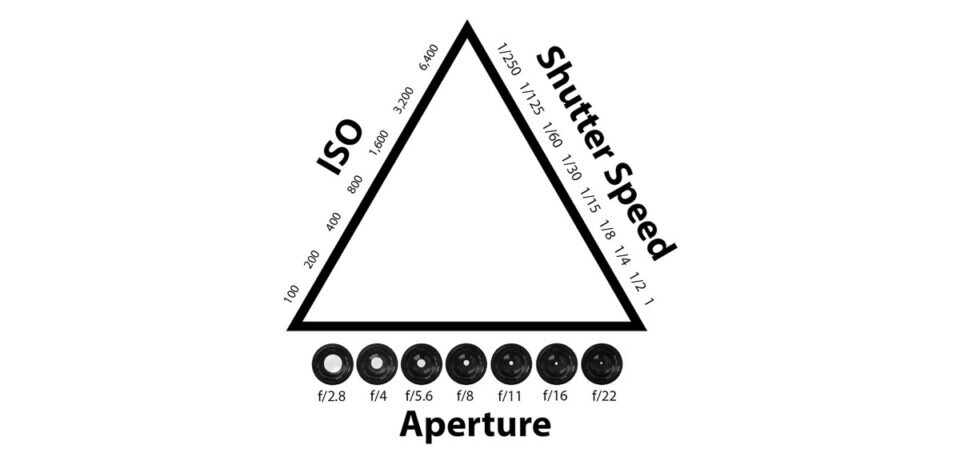
The exposure triangle
Let’s go back to basics! What is the Exposure Triangle? Why do you need to know about it? How can it help you?
In this article, I’ll answer all those questions - and more!
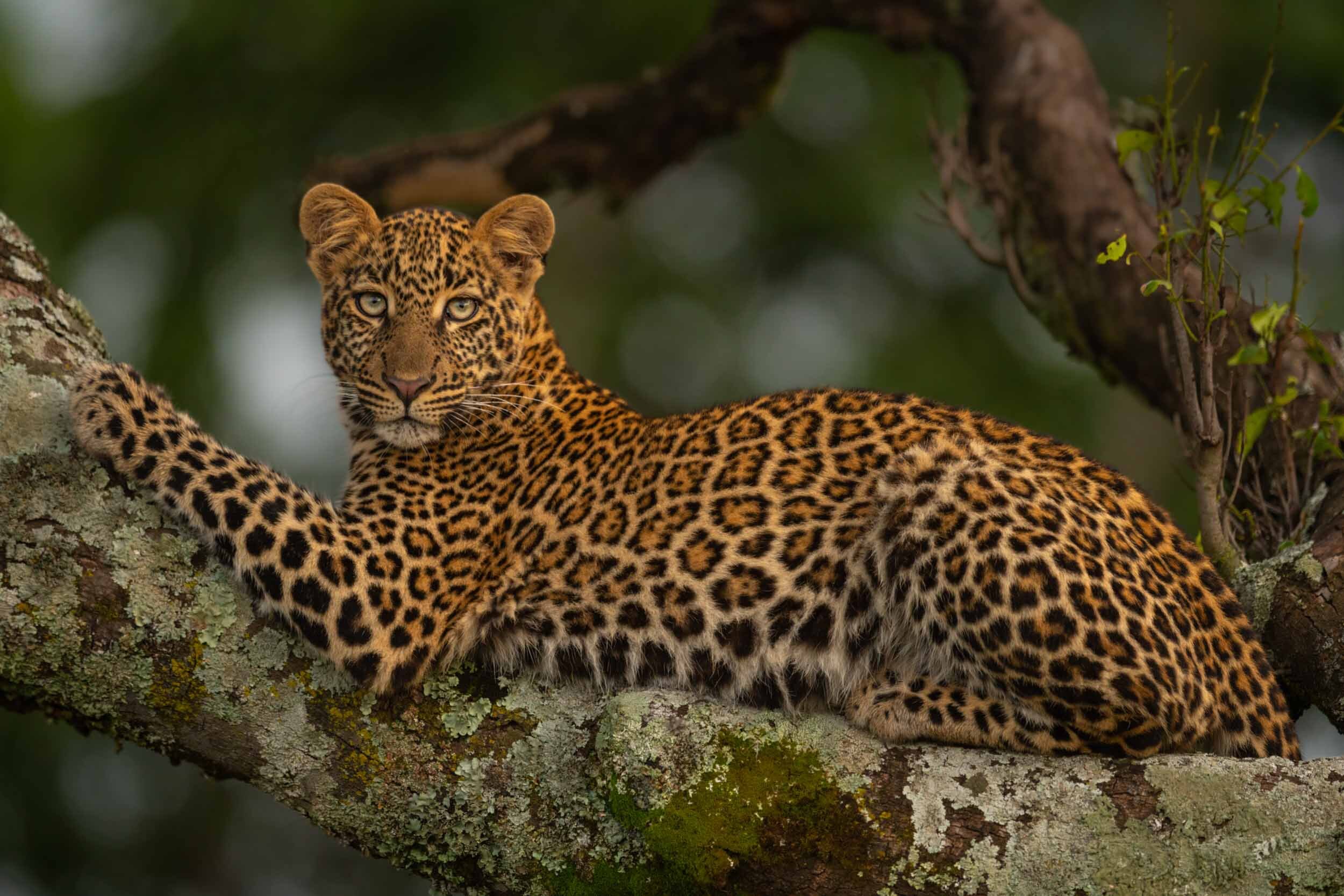
Leopard facts
If you ask people on safari what their favourite animal is, they’ll almost always choose the leopard.
It’s certainly beautiful - particularly when lying in a picturesque tree somewhere - and it’s rare enough to be exciting when you see one.

Every picture tells a story: Bear Gills
I’m a wildlife photographer, and this is one in an occasional series of posts about my best photographs. I’ll tell you how I took them and break down the shot into the idea, the location, the equipment, the settings, the technique and any post-processing necessary.
Brown bear facts
Watching brown bears fish for salmon on Brooks Falls is one of the all-time highlights of the natural world, and it’s a must for any wildlife photographer.

Photography software
Photographers rely on a lot of software in order to do their job, so I thought it might be useful for me to list all the programs I use (both on my laptop and my phone) in order to edit my images and manage my business.

Depth of field
To blur or not to blur. That is the question.
In this article, I’ll tell you how to control depth of field (or DOF) and try to show you when you don’t want it, when you do want it and what to do when it all goes horribly wrong!
